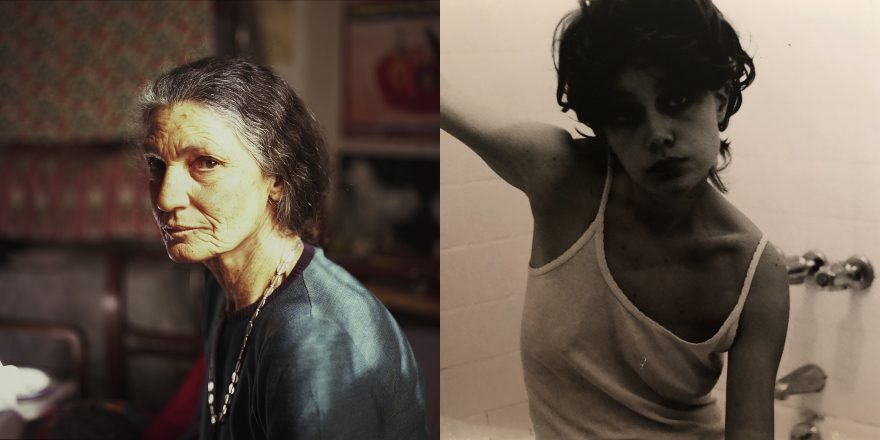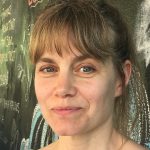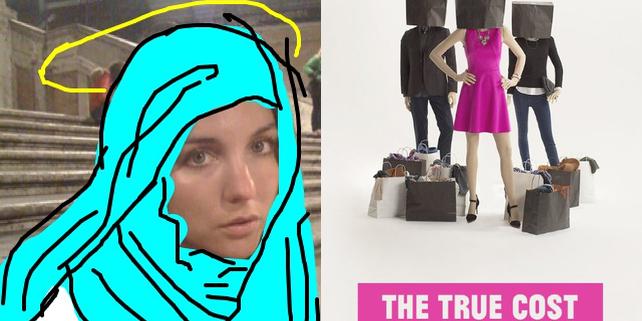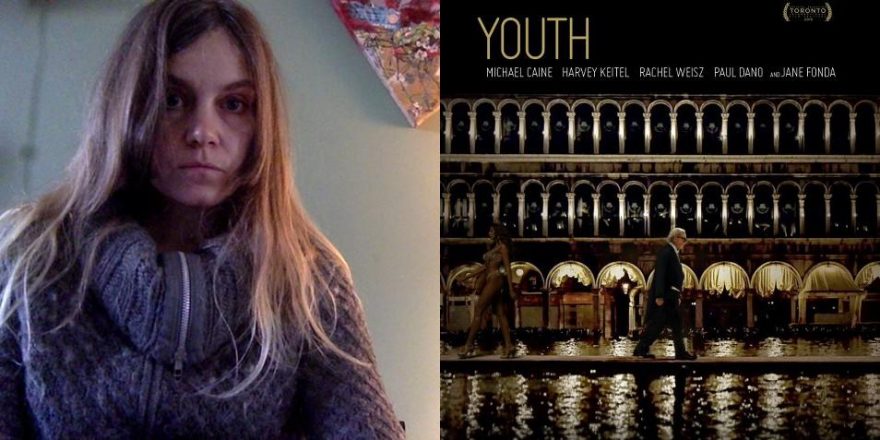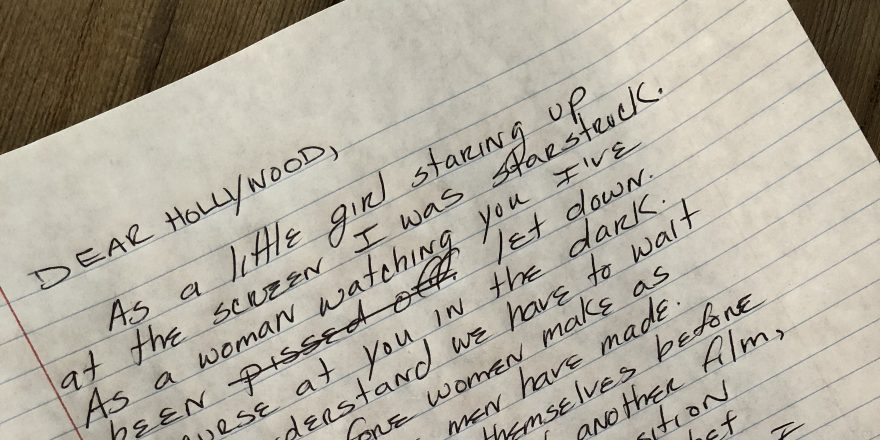Beauty is stained glass in the sunshine. Beauty is a little boy walking his dog. Beauty is the Italian language. Beauty is an old woman wrinkled by fashion, by motherhood, by the disappointment in mankind. Benedetta Barzini is beautiful in The Disappearance of My Mother. Her son, Beniamino Barrese, follows her with a camera as she curses him out, as she sleeps, as she teaches at the University of Milan, as a makeup brush spreads powder across her face before a runway show, as she celebrates another year in her seventies.
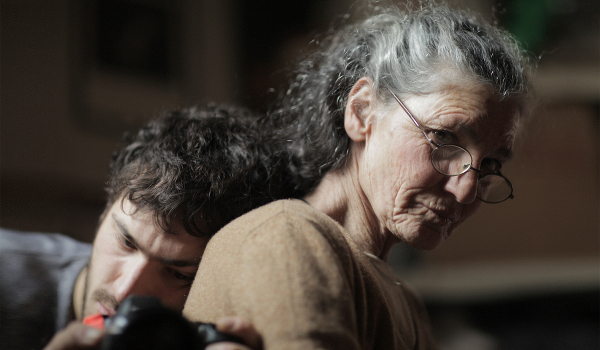
Beauty can be different things for different people. A prototype of beauty was created long ago by the preferences of white men. The promotion of this beauty in fashion has gone unchanged for many years. “Why are models at the bow of the ship and other women are squashed into the stern?” she ponders. “Because men invent women, and this leads to Jessica Rabbit.” Benedetta Barzini was a top fashion model posing for major magazines and famous photographers. Today she poses questions to university students about clothes, advertising, fashion and beauty. Over the years, she has come to detest the photographed image taken in fashion, taken by the camera, taken by men. Beniamino captures as much of his mother’s image as she allows him to.
When I first came to the city, I was 24 years old. I didn’t know a lot about fashion but was introduced to the personalities of that world through a job delivering food to legendary photographers. I first had to adapt to a tiny kitchen where the food was cooked. The employees were all men. There was a French chef who called me Shannon the Cannon (he was mildly perverted), and an old chef who I never saw but whose Italian curses could be heard from a small room at the back of the kitchen. Then prepping and chopping and cleaning were four Mexican brothers, and behind the wheel of a van was a Jamaican driver who would teach me the short cuts to the city streets. The era of my bra-less days came to an end at this job. Since college, I had protested against wearing bras. After a couple weeks in that kitchen, I thought it best to start bridling my bosom again.
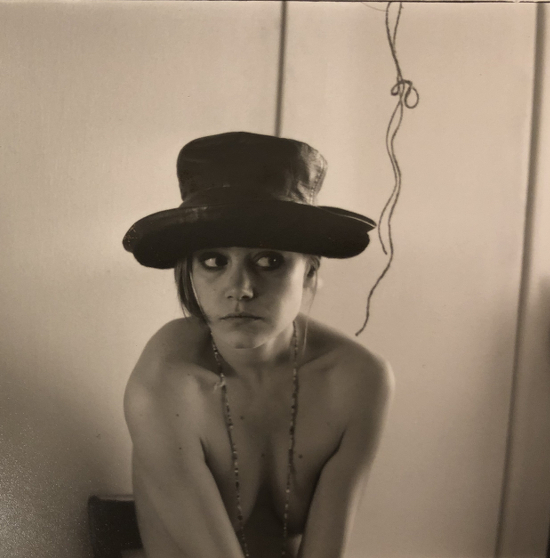
We delivered heavy plates with fancy food to about 12 shoots a day. Breakfast and lunch. The fashion photographers on our lists were names like Richard Avedon, Bruce Weber, Annie Leibovitz, Irving Penn, David LaChapelle, Terry Richardson, Peter Lindbergh … I had no idea who anyone was. All I knew was their food was heavy and I was getting muscles.
My boss asked if I knew the model Kate Moss. I shrugged my shoulders. “You never heard of Kate Moss?!” No! She said she was the big discovery in fashion at the time. She said a man who had a part in her discovery was one of her clients. She told me one day I would meet him. She told me, “He’s going to love you.” “Maybe he’ll discover you.” That was a popular word then. Discover. As if I were a treasure at the bottom of the ocean. No one will know my riches unless a man comes along and discovers me. In the ’90s, the idea of being discovered was alluring. Someone might discover you just for the way you look? Somehow this could give you confidence. It gave a girl a feeling that she possessed something unique. It made her feel that someone was paying attention to her. But discovery also made you dependent on other people. If you’re a discovery, someone else has to dig you up. Some Indiana Jones has to go through a death-defying obstacle course to find you, dust you off, and put you on a pedestal. Discovery meant you couldn’t do it yourself. I liked the romanticism of being discovered. But I needed to work. I needed money. I couldn’t wait for an archaeologist to blow dust off my hip bone. I never thought I would be a model anyway. I knew I didn’t have a look that the industry could cash in on.
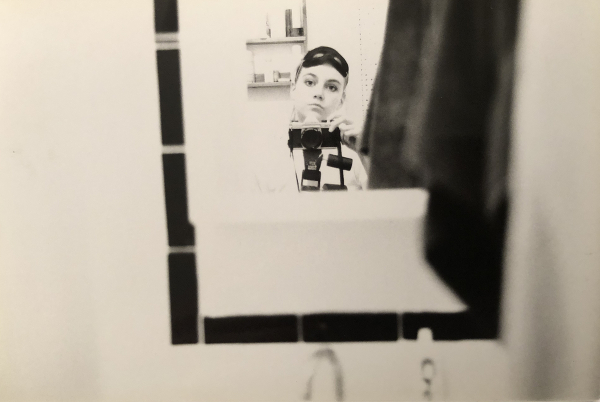
One morning, after I practiced my Spanish swear words with the Mexican brothers, as I tightened Saran wrap around plates of frittata, I went to get my list of deliveries. My first assigned stop was Mario Sorrenti. My boss handed me the address and said, “There are no coincidences in this world. Things are meant to be.” I drove the lunch downtown. I was excited to see who this great explorer might be. I carried two bins of ceramic dishes and warm food to the second floor. I arrived to an empty room, empty table. I set out the plates, things like prosciutto and melon, arugula, shrimp, pasta. It was super quiet. I wondered if I should cough or something. Maybe they didn’t want to eat. I unwrapped the last plate, crumpled the Saran wrap into a ball, then looked up. A small crew of men had appeared near the window. They were looking at me, not at the food. I told them the menu. They told me I had an accent. I told them I just talk different. One of them had dark-rimmed glasses on. He asked, “Can I take your polaroid?” In that instance, after a hot summer day dragging heavy bins into broken elevators, sweaty and smelly, stressed from the eternal moment of being just around the corner from my destination, stressed from fighting with male taxi drivers who yelled out, “Women shouldn’t be driving!”… in that moment when this Italian-looking young man asked to take my picture, I felt special. Just like Benedetta Barzini did when she was asked to model. I felt like Cinderella: my pumpkin might become a Maserati, the mice become my agents.
Mario and I took pictures together for many years. When word got around that I was working with Mario Sorrenti, industry people raised an unconvinced brow while examining me. They looked at me differently as I delivered their eggs and ham. Well, actually, they looked at me, for the first time. I had to lie about my age. If I wanted an agent, I couldn’t say I was 24. Twenty-four years of age was too old. A big agency took me on when I told them Mario was shooting me and when I lied and said I was 19. They sent me to some castings. I wasn’t cast. They sent me to get pictures taken by amateur photographers. Then they sent me to castings again. I wasn’t cast. I thought my real age might be showing. I checked the rings under my eyes. Did I look old? My agent told me to get some sun. He said if I couldn’t afford to go to the Caribbean, I should go to a tanning booth. A famous editor told me I had nice eyes but my lips were too small. I had to lose weight. I smelled like cigarette smoke. Eventually, the agency pushed me into a closet like a strange pair of shoes that were exciting to buy, but were never worn. I remember I walked into a shoot for Italian Vogue and people thought I was with props. I was the poster child for imperfection. What was Mario seeing?
“Why does imperfection upset people?” Benedetta asks her students.
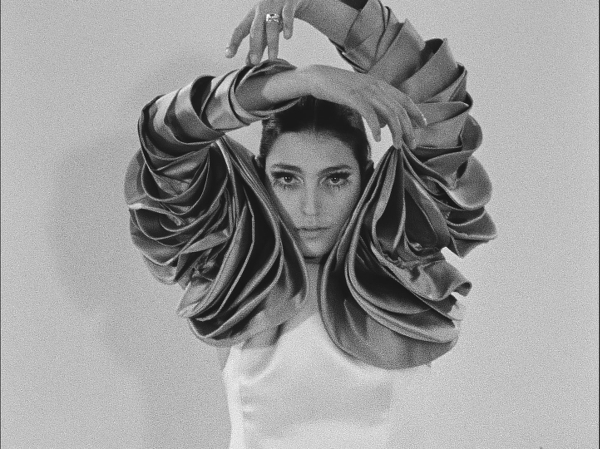
Mario and I continued to shoot. I posed in designer clothes, fishing wire; sometimes I had no clothes, sometimes I wore only a feather and a pair of bulbous eyes, as I posed like a chick hatching from an egg. I made Mario laugh with my twisted postures and funny faces. I performed for the camera, for him and also for myself. He would say, “Beautiful!” when he pushed the shutter door open and closed. I’d look at the pictures and wonder what kind of beauty Mario saw. No one else ever called me beautiful. The agency didn’t see this “beauty” that he saw. I used to ask him, “Mario, can we do one picture where I really look beautiful?” He’d say, “But these are beautiful.” In the photos, I was naked and tied up pantomiming a scream, I was pretending to be a screeching bird. Pretty pictures would get abandoned for the ones with a contorted mouth and an eye squinting as I looked at the lens, thinking, “Why are you taking my picture?” Where was the beauty? “It’s so raw,” he’d say. I often had no makeup. The natural light let in the shadows. I didn’t want to offend him, but sometimes I just looked damn ugly. Maybe he had a magic button on that camera. A button that could transform energy into beauty; a button that could capture the storm in my mind, the quest in my limbs, the life I was living. Wasn’t this life beautiful?
As the years went on, our picture taking slowed down. We both were growing up, having families, searching for the next bit of beauty we wanted to pursue in life. I was moving into my own image-making and exploring comedy. By this time, I knew I wasn’t wanted in the fashion world. Once, I may have hoped that we’d get a huge campaign, that somebody would see the “beauty” Mario saw and I’d make lots of money and stop driving a delivery van. But that never happened, and I had to get the storm out of my head and into words and performances. I had to discover myself. Mario saw something in me that even I hadn’t seen. What he captured in a photo was me. This might not have been beauty to the rest of the world, but together he and I got to challenge the popular notion of what beauty is. We proved a model didn’t have to rely on her face. She could use her own expression, her intelligence, her imagination, her experiences to make the photo more than a mass-produced page that just stares back at you. She could be herself and have something to say. When talking about models, Benedetta asks, “What’s the meaning of this use of beauty? What’s the point of continuing to sell our bodies without any quality or talent?” Beauty has been defined as something perfect, that remains silent, that has no movement. The old beauty was an object for men to stare at, for them to own. Beauty was a pretty white vase with fresh-cut flowers. There’s more to beauty than just pretty things.
Benedetta’s son asks, “What don’t you like about images?” She answers, “An image freezes something within a limited boundary. I don’t like frozen things.”
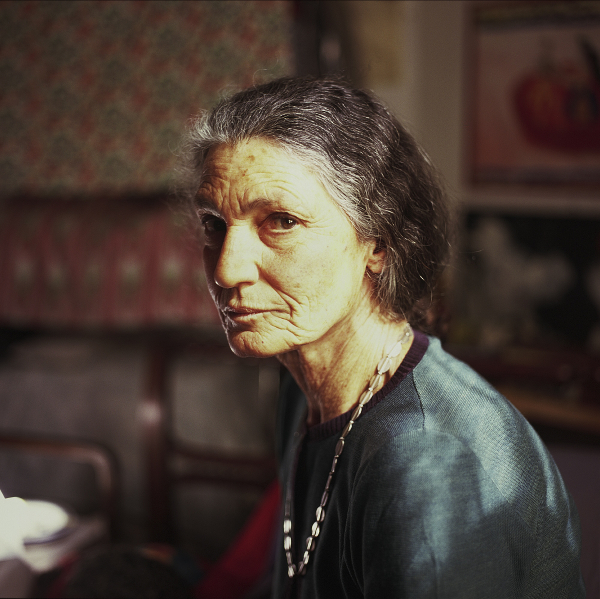
Benedetta tells her students that for many people, “youth is life, old age is death.” As a young woman, I hated when men would stare at me. A smile or a wink was OK, but the long hard stare felt invasive. While in my twenties, among strangers (during and after the bra-less days), I got this stare. I hated it, but then I also started to rely on it. It began to confirm my existence for me. I was being noticed for something, but what? When I hit my thirties, the stares became fewer. When my forties came, I was practically invisible. My youth was disappearing and so too was acknowledgment from the world that I was worth a stare. As wrinkles appear on my skin like creases on a crinkled map, I know it’s up to me to discover my treasures. It’s not up to the world. Men’s eyes were like lawnmowers cutting down our tall, wild grass. They wanted stillness and control over their beauty. The stare from these men at our youthful faces and newly developed bodies was not admiration, it was domination. From that stare, vanity grew in women, and so did their dependence on the eyes of men.
While working as a model, Benedetta wrote in her journal, “One day the phone will stop ringing. That’s when you realize how powerless you are.”
Beniamino Barese finds his mother’s true beauty in The Disappearance of My Mother. To Benedetta, “the lens is the enemy.” But with her son’s eye behind the lens, Benedetta Barzini is free to be herself. And she is more beautiful than she ever was. She challenges men and women to transform the old ideas of beauty into ideas that can be agreed upon by both sexes. Women are more than just frozen images, or numbered pages in a magazine. Benedetta Barzini should be an inspiration for all young people in the fashion world, and beyond. I hope she doesn’t disappear. Time for a reformation in fashion. Signora Benedetta, lead the way!



